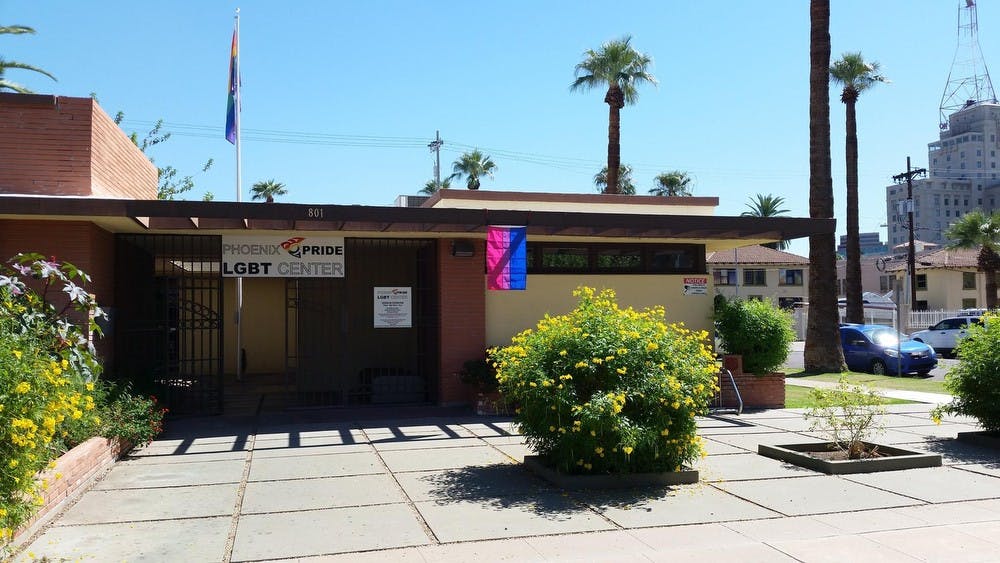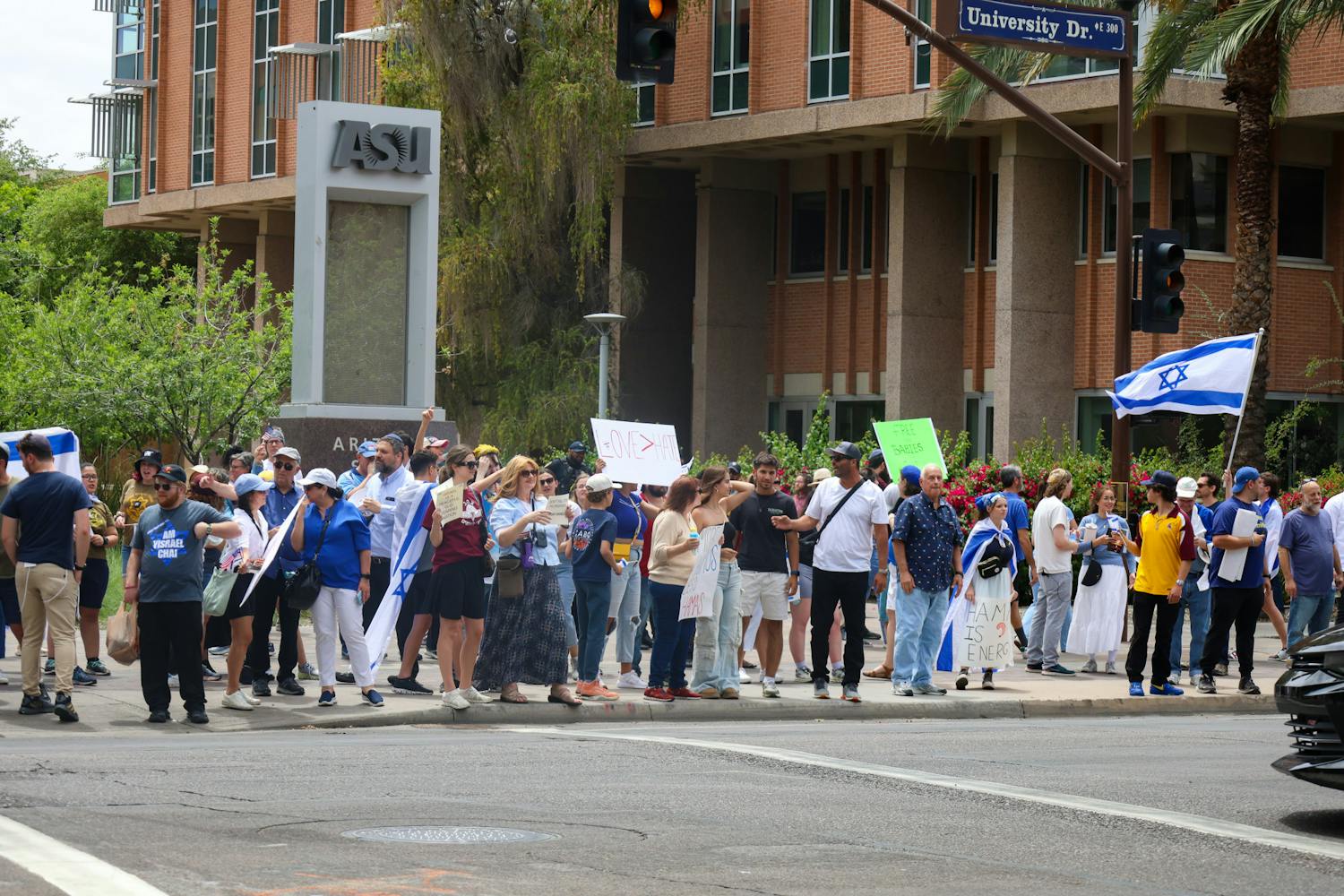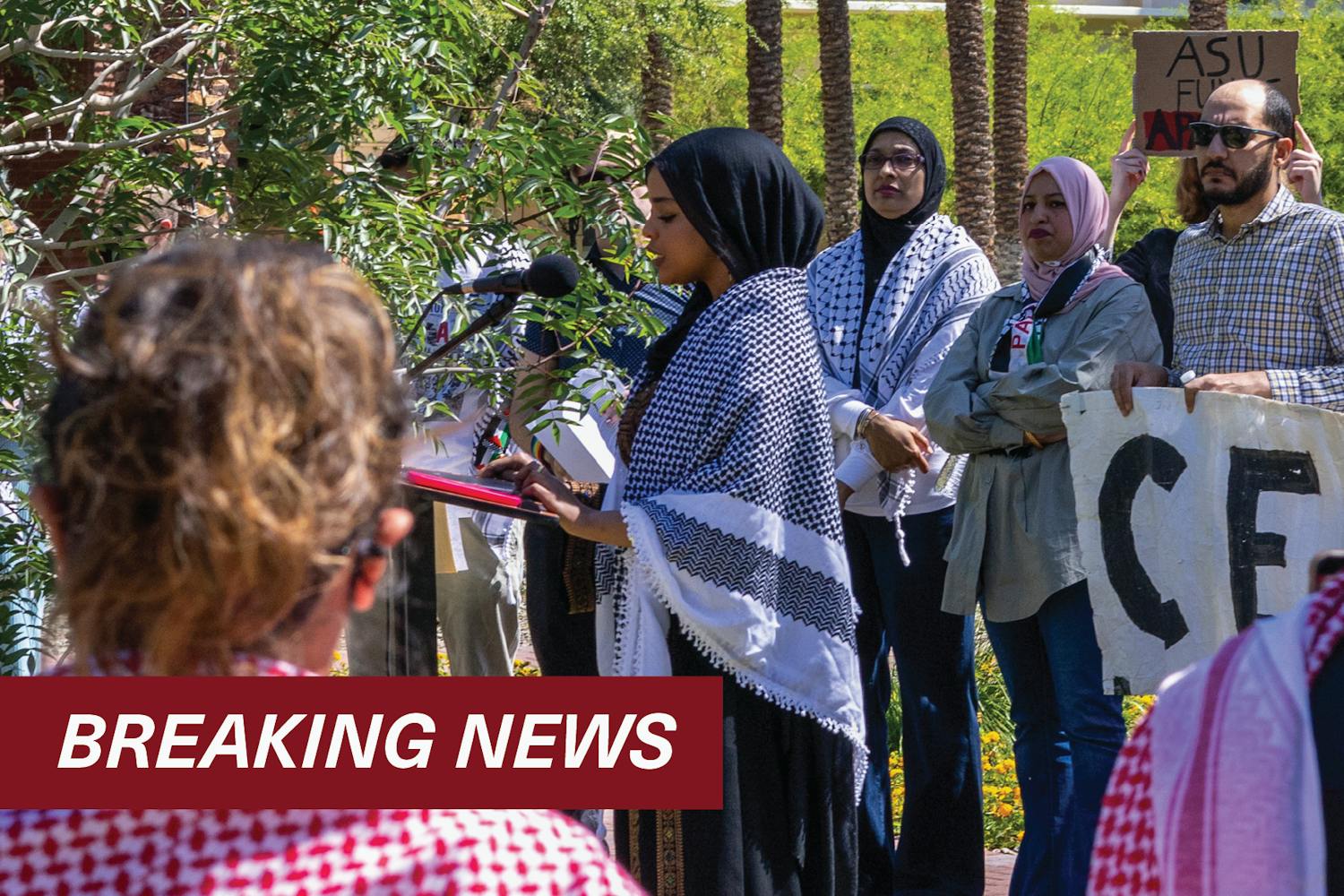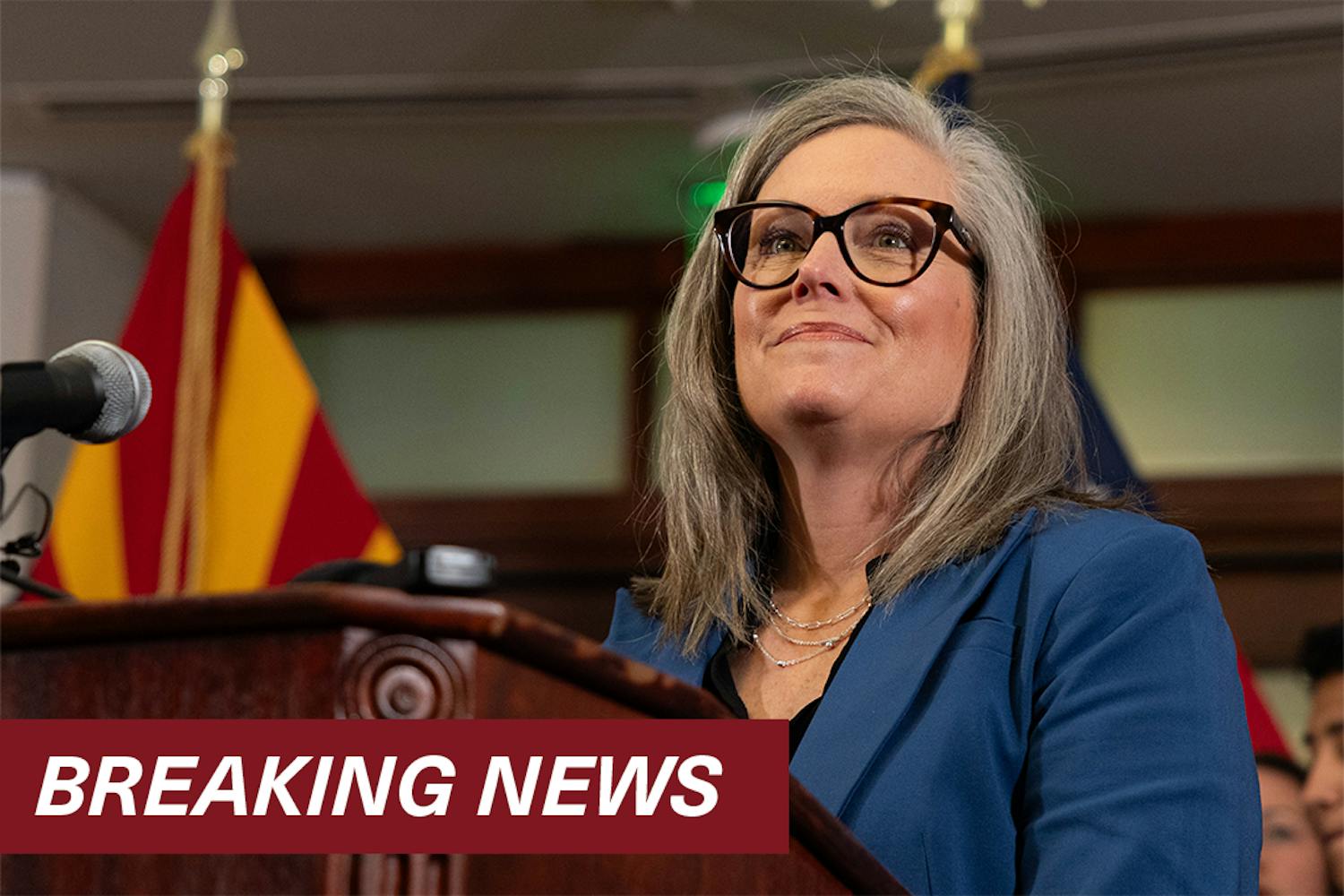A small white building sitting in the center of downtown Phoenix supports a huge community, the largest LGBT library in Arizona and a rainbow flag waving over the roof.
But this is the last center in the Valley representing the LGBT community.
The Phoenix Pride LGBT Center used to be one of four in Arizona, connected with centers in Peoria, Flagstaff and Tucson. Now it’s just one out of 162 centers around the U.S.
Over the last decade, funding slowly trickled out of the program and the Phoenix center became the proverbial "last man standing." The centers, almost ironically, faded quietly out of the picture as things like gay marriage and LGBT rights slowly gained legislative backing.
Program Director Shane Cooper-Blissett said as the stigma and imminent threat to LGBT rights faded, so did community concern. But for Cooper-Blissett, the problem was not with the numbers, it was the lack of understanding about why the center itself was necessary.
“I think this center is absolutely needed,” he said. “I think we have the potential to affect a lot of people positively whether it’s families, or youth or elders. There’s a lot of people that need assistance and want to impact the community."
He said many people don't realize the actual purpose of the center or the services it offers. Most assume it was about awareness, but the programs extend far beyond that.
The center offers free HIV tests, posts LGBT friendly jobs, hosts support groups and creates family events and networking. It is about building a system of support.
For Cooper-Blissett and many of the community members, the center is not about waving a flag around or going on gay pride walks every other week. For him, it is about finding a home. The center is where he found that.
”My kid is 12, and when I got divorced six years ago, I didn’t know there were other gay parents around,” he said. “I felt like I was kind of on my own, but now we have a community that can come in and be like ‘Hey you know what? You’re not the only gay parent.’”
He took the program and helped build it from the ground up. Creating all these programs, compiling the largest library of LGBT books in the state and relocating just outside downtown Phoenix to a more welcoming and safe area. The center is now booming with a vast community and resources.
But Cooper-Blissett was one man among a large group of people who found a place at the center.
Douglas Myers, 71, began volunteering at the center after his partner died. He said he wanted to give back to his community and find a purpose in his retirement.
He found purpose in working to compile the LGBT library of over 9,000 books.
“You go to the public library and you won’t find most of these books. You’ll find some of them, but not all of these books since it’s centered around gay and lesbian topics,” Myers said.
It was the small things that allowed this center to become the heart of LGBT groups in the state.
While Myers said these services help nearly 200 different people a week, the need for the programs concerns him. Because, to him, that means that there are people that need the center that don't have access to it.
However, the LGBT community is not the only minority group facing this problem.
In fact, this lack of resources is facing a much wider demographic; the Latino community — 30 percent of the Arizona population.
The Arizona Latino Arts and Cultural Center is yet another organization facing the title of being the only center in the state. And just like Cooper-Blissett, it’s a status that CEO and President Marcelino Quiñonez is struggling with.
“It’s a problem and a blessing. Phoenix is made up of 41 percent of Latinos so there should be more representation, but at the same time, we have a community here with a lot of heart,” Quiñonez said.
Quiñonez said the problem is less about funding and more about a sort of apathy in the legislature, a lack of solid data and metrics and a gap in Hispanic and Americanized cultures.
But that gap is precisely why Quiñonez said these programs are not just necessary, but crucial to Arizona because it allows for a mutual understanding between minorities in the culture.
However, due to this lack of representation, minority voices aren’t heard. A sort of vicious circle.
“We’ve tried to help bridge that gap because, at the end of the day, family, food and celebration — that’s independent of culture,” Quiñonez said.
Reach the reporter at megan.janetsky@asu.edu or follow @meganjanetsky on Twitter.
Like The State Press on Facebook and follow @statepress on Twitter.




